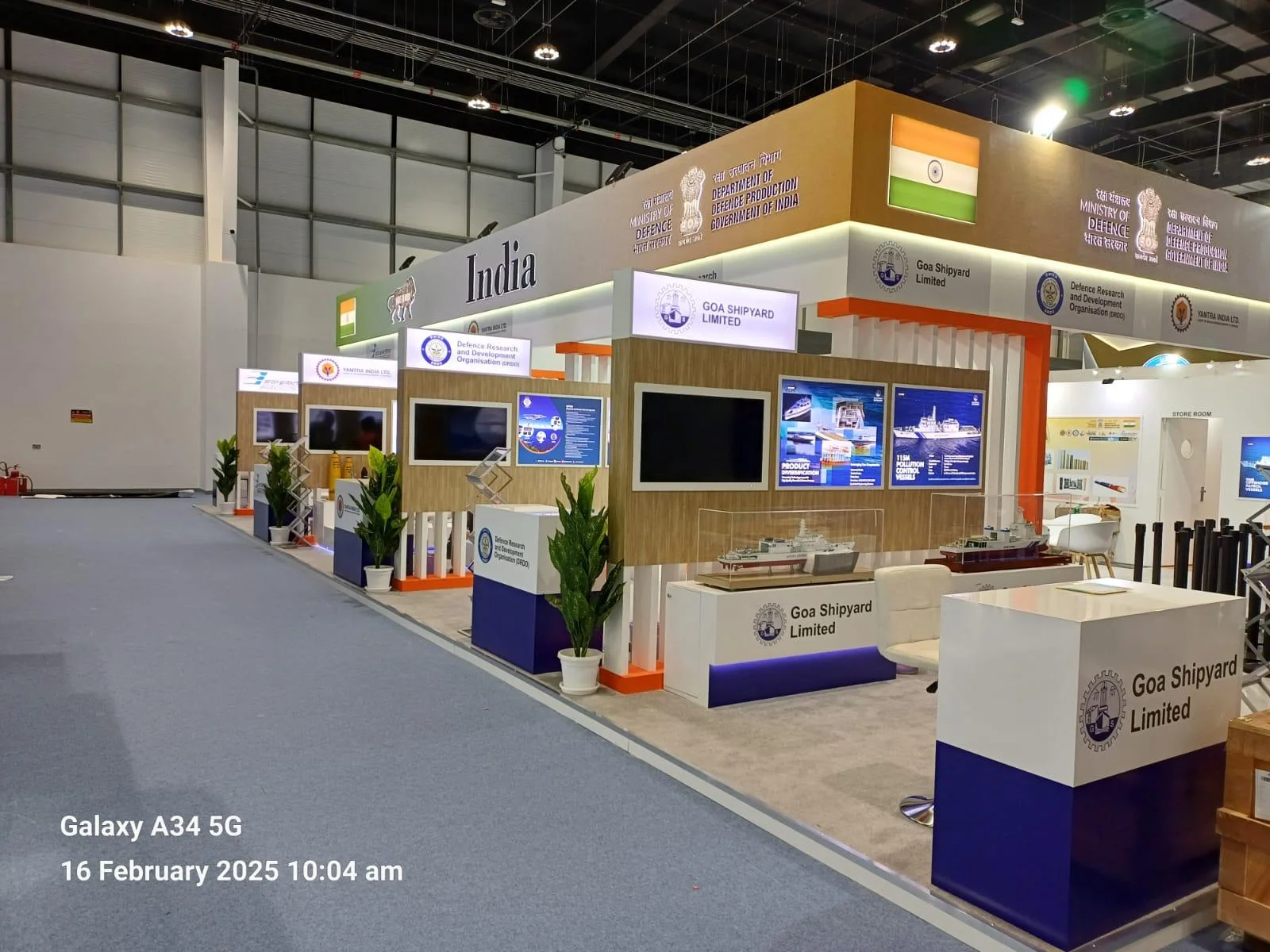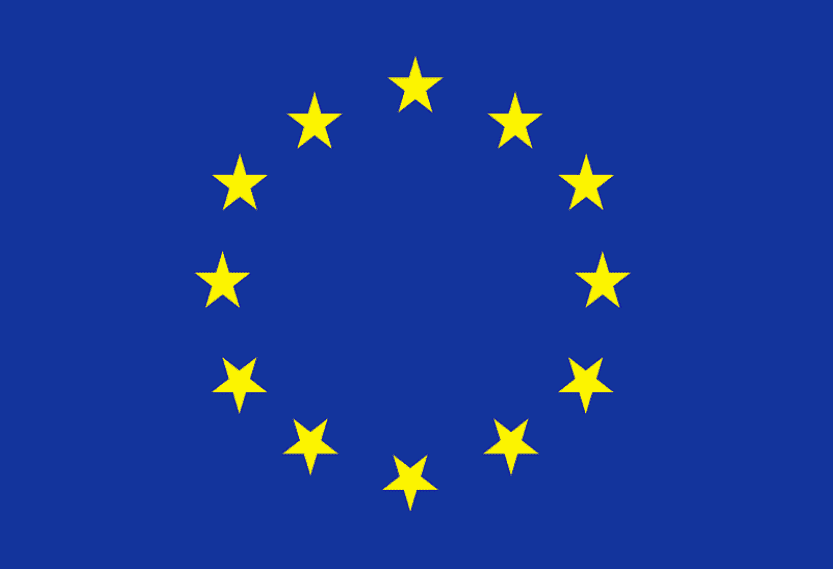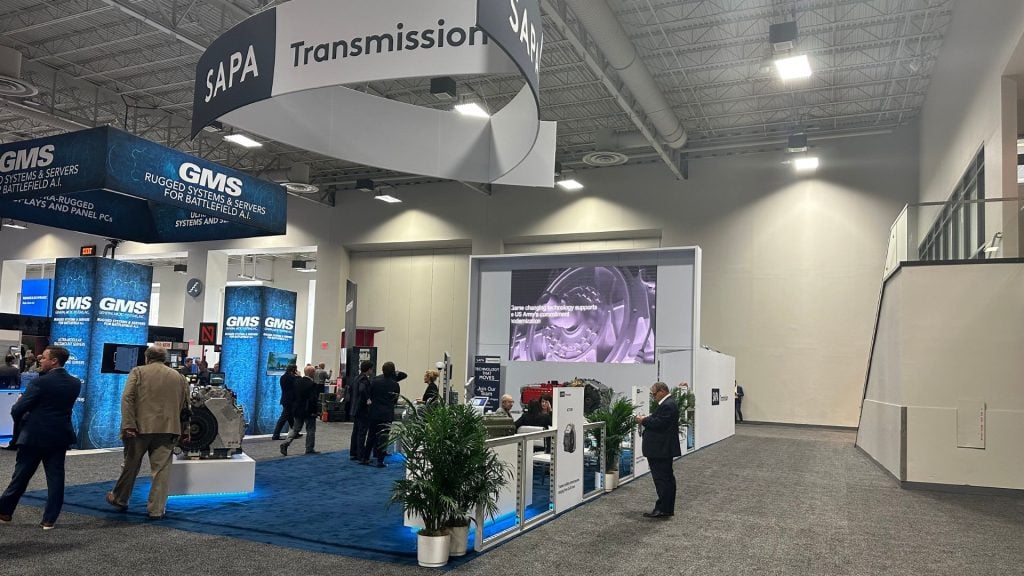
Introduction
Trade shows have long been a cornerstone of brand marketing strategies, offering businesses a chance to showcase their products, connect with audiences, and network within their industry. However, in today’s experience-driven world, simply setting up a booth is no longer enough. Brands must think beyond the booth to create immersive, memorable experiences that captivate their audience and deliver lasting impact.
Welcome to the era of experiential marketing, where interaction, engagement, and storytelling take center stage. Let’s explore how this approach is transforming trade shows and what it can do for your brand.
What Is Experiential Marketing?
Experiential marketing focuses on creating engaging, participatory experiences that allow audiences to interact with a brand in a meaningful way. It’s about building emotional connections rather than merely showcasing products or services.
In the context of trade shows, experiential marketing can turn a static booth into a dynamic, must-visit destination. It invites attendees to immerse themselves in your brand’s story, values, and vision, making the experience more memorable and impactful.
Why Experiential Marketing Matters at Trade Shows
Trade shows are competitive environments where attendees are bombarded with visual stimuli and sales pitches. Experiential marketing helps brands cut through the noise by offering something unique and personal.
Here’s why it works:
- Memorability: Experiences are far more likely to be remembered than traditional advertising.
- Emotional Engagement: Engaging multiple senses creates stronger emotional bonds.
- Shareability: Unique experiences often lead to social media buzz, amplifying your brand’s reach.
- Deeper Connections: Interactions that feel personal foster trust and loyalty among attendees.
Ideas for Experiential Marketing at Trade Shows
Creating an experiential element for your trade show presence doesn’t have to be daunting. Here are some innovative ideas to inspire your strategy:
Interactive Demonstrations
Let attendees experience your products or services firsthand through live demos or hands-on activities. For example, a tech company might allow visitors to test their software, while a food brand could offer a tasting session.
Immersive Technology
Leverage tools like virtual reality (VR) or augmented reality (AR) to transport attendees into your brand’s world. Imagine offering a VR tour of your manufacturing process or an AR-enhanced catalog of your product range.
Themed Experiences
Design your booth around a theme that reflects your brand’s personality or campaign goals. For instance, if your brand promotes sustainability, create a nature-inspired setup with recyclable materials and eco-education stations.
Gamification
Introduce games or challenges to engage attendees in a fun, competitive way. Quizzes, scavenger hunts, or spin-to-win games can draw crowds while subtly reinforcing your brand message.
VIP Lounges
Create an exclusive space where VIP attendees can relax, network, or experience personalized product consultations. This not only enhances their experience but also positions your brand as premium and attentive to detail.
How to Execute Experiential Marketing Successfully
To make experiential marketing a success, you need a clear plan and a focus on execution. Follow these steps:
- Know Your Audience
Understand what excites, motivates, or intrigues your target audience. Tailor your experience to these preferences to ensure it resonates. - Tell a Story
Anchor your experiential element in a compelling narrative. Whether it’s your brand’s origin story, a campaign message, or a customer success journey, storytelling makes the experience more meaningful. - Incorporate Technology
Today’s trade show attendees expect tech-driven elements. Use digital tools to enhance interactions, whether it’s a virtual product showcase or an app-based scavenger hunt. - Train Your Team
Your booth staff should be well-versed in the experiential components of your setup. They play a critical role in guiding attendees and ensuring the experience is seamless. - Capture the Moment
Provide opportunities for attendees to document and share their experience. Branded photo booths, hashtags, or interactive social media stations can amplify your reach.
Measuring the ROI of Experiential Marketing
It’s essential to evaluate the impact of your experiential marketing efforts. Use these metrics to gauge success:
- Engagement Levels: Track how many attendees participated in your experience.
- Dwell Time: Measure how long visitors interacted with your booth.
- Social Media Mentions: Monitor the reach and sentiment of posts about your experience.
- Lead Generation: Compare the quality and quantity of leads against previous trade shows.
Conclusion
Incorporating experiential marketing into your trade show strategy can set your brand apart, create meaningful connections, and leave a lasting impression on attendees. By moving beyond the booth and crafting engaging, memorable experiences, you’ll not only attract more visitors but also foster stronger relationships that drive long-term success.
The next time you plan a trade show presence, think beyond banners and brochures. Dive into experiential marketing, and watch your brand’s impact soar.


 Global
Global Europe
Europe

